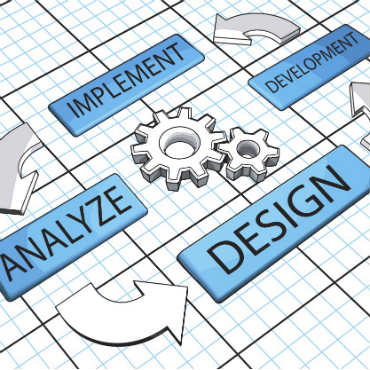Agencies and Agile: How to make it work

A new report helps agency leaders understand what the popular approach to software development can offer complex government projects.

What: A primer -- the latest in the IBM Center for the Business of Government's "Using Technology Series" -- that offers executives a high-level explanation of how Agile development works and why more agencies should explore it.
Why: Agile development is the default for most Silicon Valley tech firms, but the approach -- which emphasizes iterative and collaborative coding over detailed requirements, documentation and "final release" deliverables -- is often at odds with government regulations, procurement processes and agency cultures. This report, which builds on previous IBM Center research and the Government Accountability Office's 2012 study of Agile within agencies, identifies 10 critical success factors -- and also notes situations where popular Agile methods alone may not be sufficient.
Verbatim: "Acquiring Agile solution delivery with partners requires more than adding a bullet such as 'The contractor will use an Agile method' to the standard ... RFP template that contains traditional phases, gates, deliverables, and roles and responsibilities.
"Agile requires a change in how work is procured, executed, and monitored. Proposal and contract language needs to be adapted to enable partners to deliver with lighter deliverables, fixed resources, fixed time, and variable scope. Mission leadership and subject matter experts (from both parties, government and contractors) must be committed to participate directly in the Agile approach."
Full Report: http://www.businessofgovernment.org/report/guide-critical-success-factors-agile-delivery
NEXT STORY: Coleman's parting thoughts at GSA


